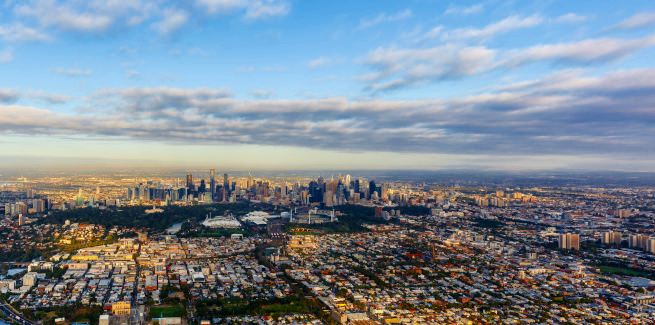According to a new analysis from Digital Finance Analytics (DFA), an increasing number of Australian households are slipping into mortgage stress, defined as households with net income that does not cover ongoing mortgage repayments.
The DFA analysis – which combines information from its survey of 52,000 household, along with public data from the RBA, ABS and APRA; and private data from lenders and aggregators – has revealed that the number of households in mortgage stress increased by 8,306 in the month to 31 December 2018, now totalling just under 1.024 million households or 31 per cent of total owner-occupied households.
Further, the analysis found that more than 22,000 households are in “severe stress”, with DFA estimating that more than 62,000 households risk 30-day default in the next 12 months.
DFA attributed the rise in mortgage stress to “flat” wages growth, rising living costs and higher real mortgage rates.
Speaking to Mortgage Business, principal of DFA Martin North said that he expects mortgage stress to continue mounting in the short to medium term, particularly off the back of out-of-cycle interest rate hikes from lenders, with the Bank of Queensland (BOQ) the latest bank to lift home loan rates (up to 18 basis points).
“My expectation will be that we would continue to see the same sorts of trends that we’ve seen in the past year or so,” Mr North said.
“Interest rates probably will rise, so we’ve had the Bank of Queensland lift rates a couple of days ago. And my expectation is that other banks will have to lift interest rates, because they’ve got margin pressure at the moment because funding costs are a lot higher.”
Mr North added that even small rate rises could push more households into mortgage stress and heighten risks of default for borrowers already in mortgage stress.
“A lot of households are very close to the wind at the moment, so even small changes in cash flow will have a significant impact,” he continued.
“[Even] an 18-20 basis point increase in mortgage rates is enough to tip a few more people over into stress. It will not have a massive impact, but it will certainly push more [borrowers into mortgage stress].
“The other point is that it will actually tip more borrowers into severe stress, that’s when you’ve got a serious monthly deficit. That’s the leading indicator for default 18 months down the track.”
Further, Mr North said that the Reserve Bank of Australia (RBA) may be forced to revise its expectations, with the central bank maintaining its positive outlook for economic growth, caring improvements in employment conditions and rises in wages growth.
The analyst claimed that the RBA’s target for GDP growth of over 3 per cent is “unlikely” and accused the central bank of “looking through rose-tinted spectacles”.
“I think we’re going to see more downward pressure,” Mr North continued.
“I wouldn’t be surprised to see a change of tone over the next report, which will come out in February.”
Mr North added that the RBA may be forced to cut the official cash rate as early as March, despite the central bank anticipating that its next move would be a rise.
“Maybe we’ll see a rate change in March, and I think the next rate change from the Reserve Bank will be down, because at that stage, it’ll be pretty obvious that the positive spin for the economy is wearing extremely thin,” Mr North said.
“That, from a timing perspective, is interesting because it’s potentially just before the next election.”
[Related: Concerns to ‘intensify’ as approvals plunge 32.8%]
 ;
;
